Introduction
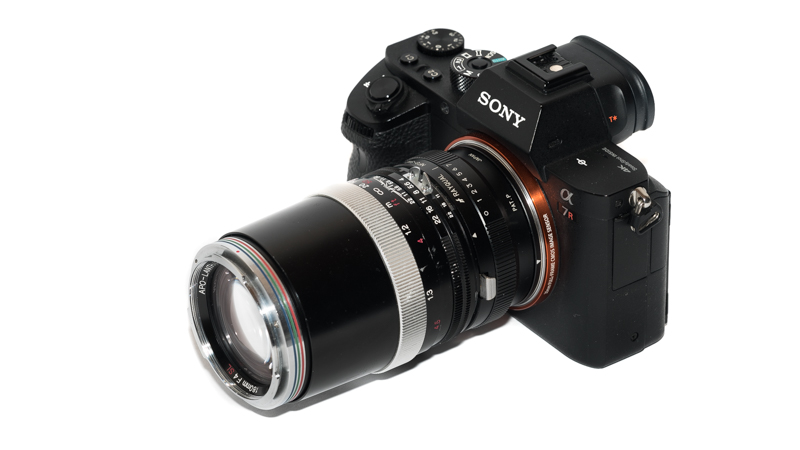
The Voigtlander 180mm 4.0 SL APO-Lanthar has become quite famous for its small size coupled with good optics, but unfortunately also for being a rare and expensive collector’s item. So does it make sense getting one for actually taking photos with it? Find out in this review…
Sample Images
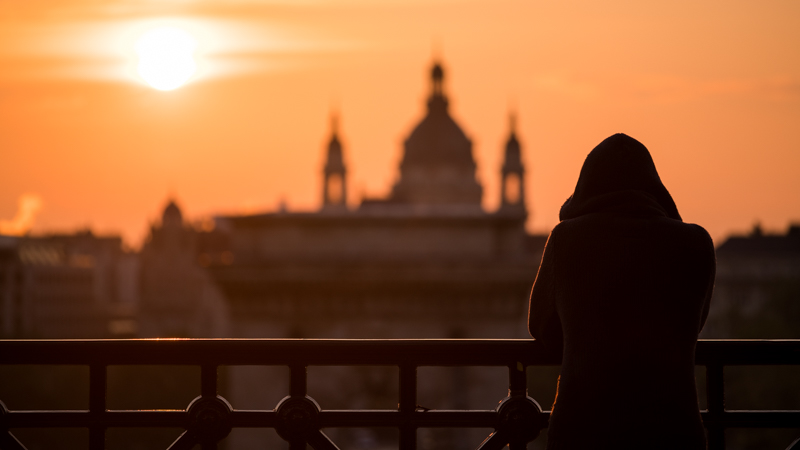
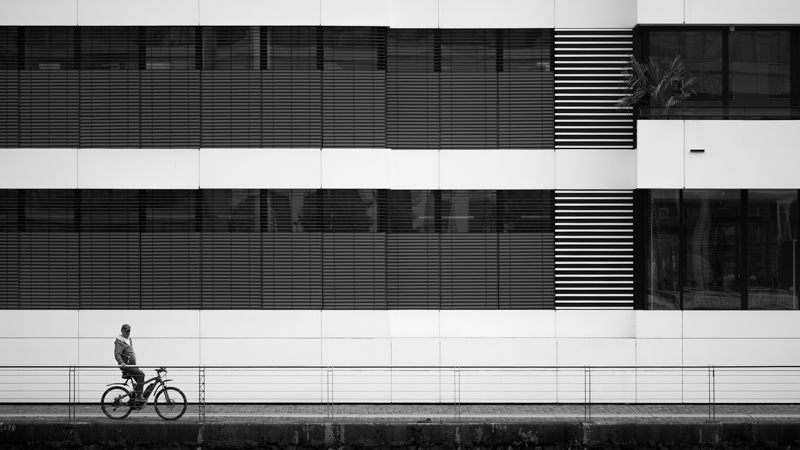
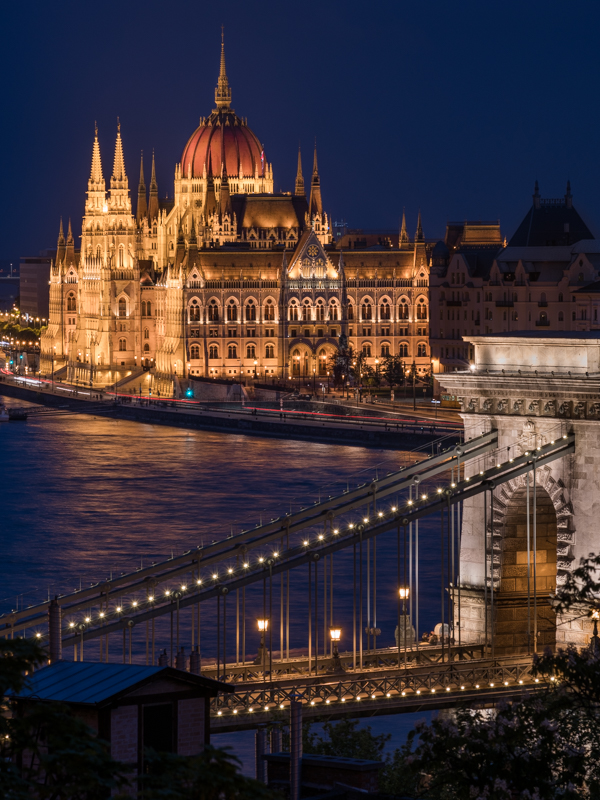
You can find most of the shots in this review in full resolution here.
Specifications / Version History
The Voigtlander 180mm 4.0 APO Lanthar is part of the unfortunately only short-lived “SL” lens series manufactured by Cosina in Japan. It came in different mounts, I know of Canon FD, Nikon F and M42 versions but there might also be a few for Pentax K, Contax and Olympus OM according to this source. I am reviewing a Nikon mount version here which has the following specifications:
-
- Diameter: 66 mm
- Field of view: 13.7° (diagonally)
- Length: 79 mm + adapter
- Weight: 485g + adapter
- Filter Diameter: 49 mm
- Number of Aperture Blades: 9 (rounded)
- Elements/Groups: 9/7
- Close Focusing Distance: 1.2 m
- Maximum Magnification: 1:4
- Mount: Nikon-F
This lens is very rare and has unfortunately become a collector’s item. It took me a while finding one on ebay.com (affiliate link). Prices start at 1300$.
Handling / Build Quality
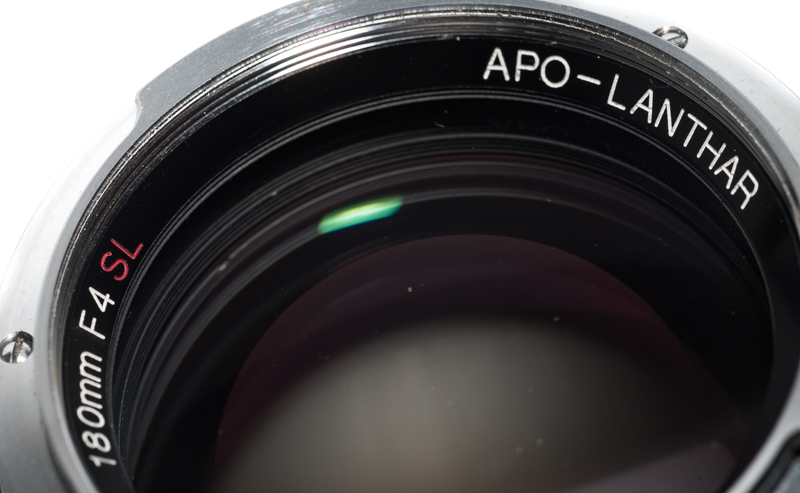
The Voigtlander 180mm 4.0 SL APO Lanthar is partly made from metal (all of the internal tubes) and high quality plastics (parts of the outer casing).
The focusing ring travels about 350° from infinity to the minimum focus distance (1.2m) and the lens extends by about 44 mm. Resistance on my sample is what I would call perfect (a little more than the Loxia lenses, similar to the Zeiss ZM lenses) and it allowed precise focusing even towards infinity where many lenses struggle. The direction of the focusing ring is like on Nikon lenses, so opposite to the Loxia lenses and the Voigtlander E-mount lenses. I don’t know if this is different for other mount versions.
As I have one with Nikon mount the feel and travel path of the aperture ring is just like on legacy Nikon lenses, again I can’t speak for the other versions here. Interestingly it offers full-stop click-stops between f/4.0 and f/5.6 as well as f/16 and f/22 and half-stop click-stops between f/5.6 and f/16.
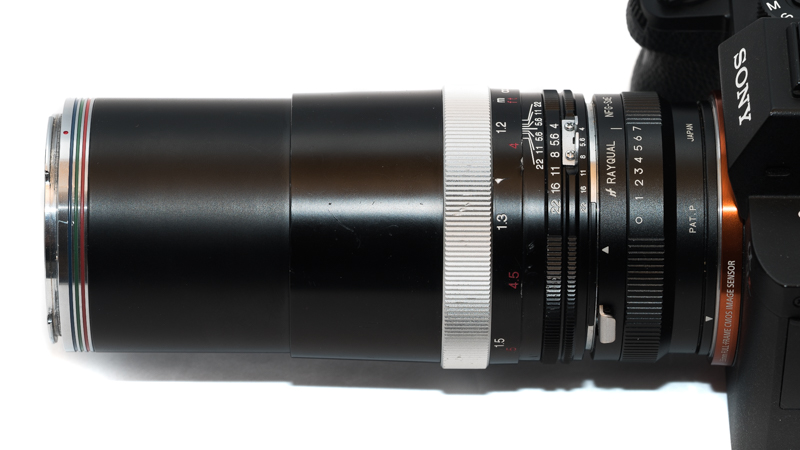
Size and weight are comparable to the Zeiss Loxia 85mm 2.4 which is one of the main advantages of this lens, as it just doesn’t come with the bulk you expect from a 180mm tele lens.
It also features a non rotating 49mm filter thread (metal).
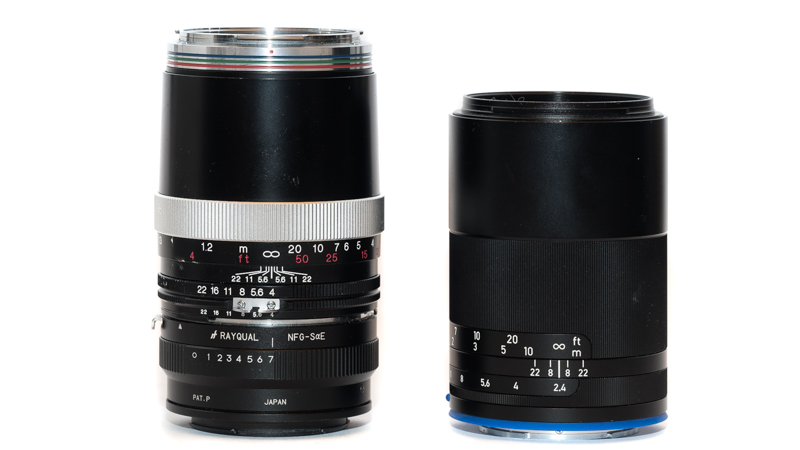
One small note: I found hand-held composing and focusing much easier with the help of IBIS featured in the generation 2 cameras.
Vignetting
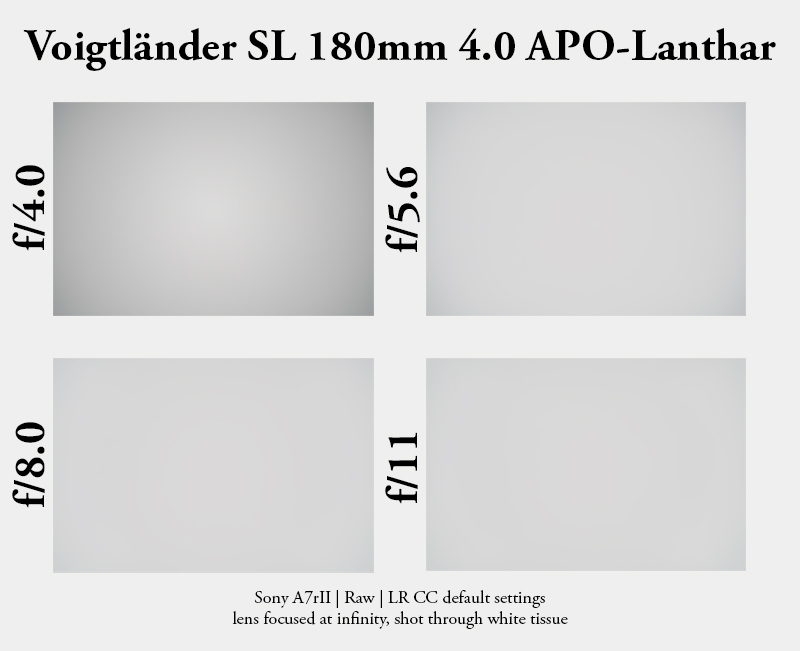
Wide open there is mild vignetting of about 1.4 EV, stopped down to f/5.6 this improves to 0.6 EV and from f/8.0 onwards it is only 0.3 EV which is hardly field relevant at all.
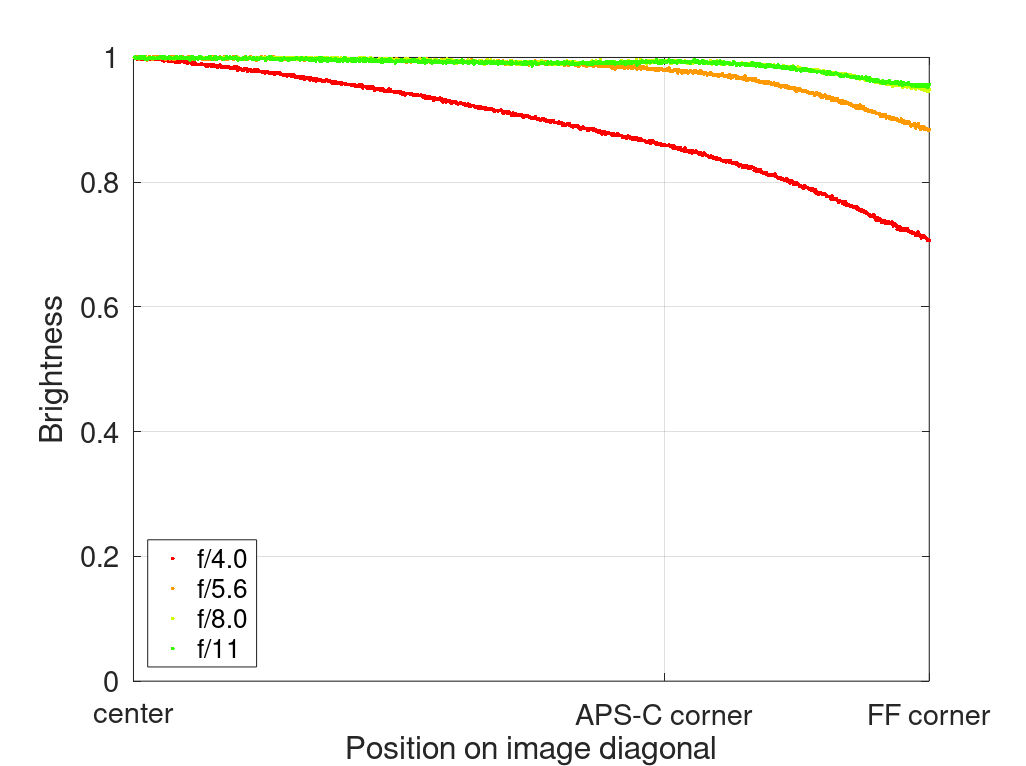
It is recommended to have a look at this article first to get an idea how this brightness graph works.
Sharpness
infinity
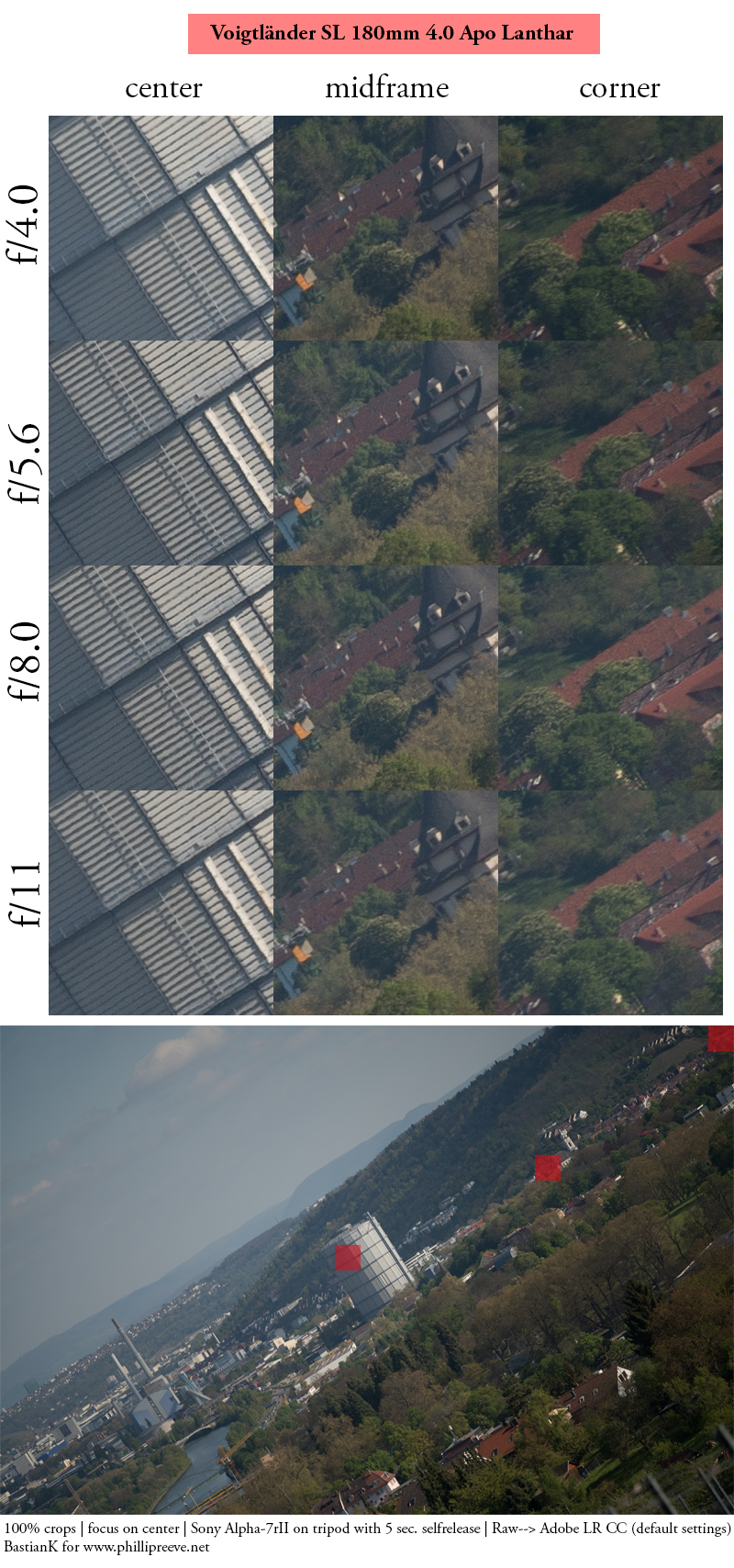
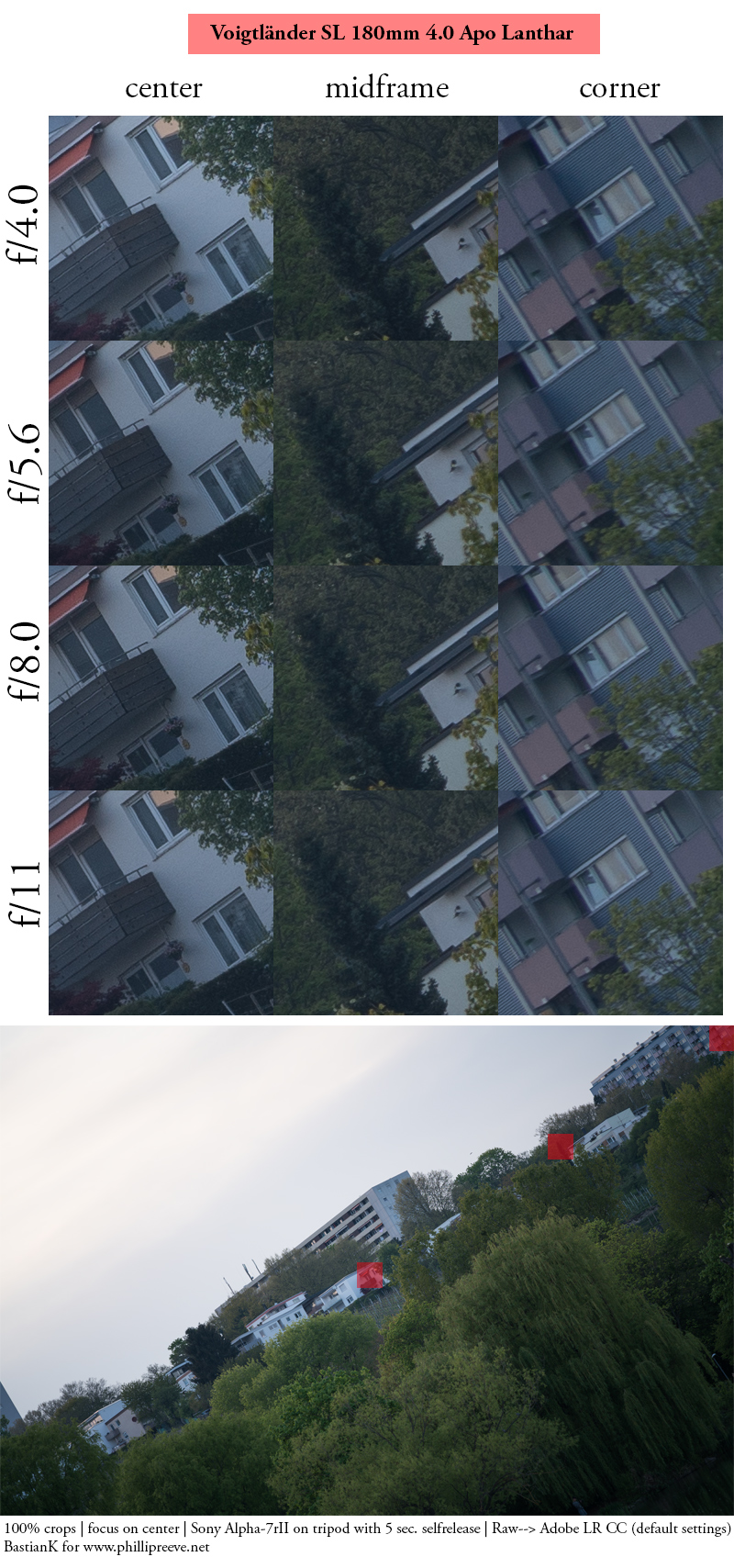
In case you wonder why I am presenting two charts in this review: I already had some issues with heat haze when doing my 180/200mm comparison and in the first chart it is visible again. Nevertheless I think this scene is very good at showing the differences in contrast on stopping down. The other chart shows no heat haze issues but isn’t as contrasty in general, nevertheless one can notice the astigmatism (difference in sharpness between tangential and radial structures) in the corners here.
In center and midframe there is only a very slight gain when stopping down to f/5.6 (or further) so I wouldn’t hesitate using this lens wide open even on the A7rII.
Even the corners are absolutely usable wide open, depending on the orientation of the structures stopping down a bit might be necessary here for best performance though.
This lens is able to resolve fine detail quite well, but its contrast isn’t as high compared to e.g. the Zeiss Loxia 85mm 2.4 or the Canon EF 135mm 2.0 L.
close focus (1.2 m, 1:4)
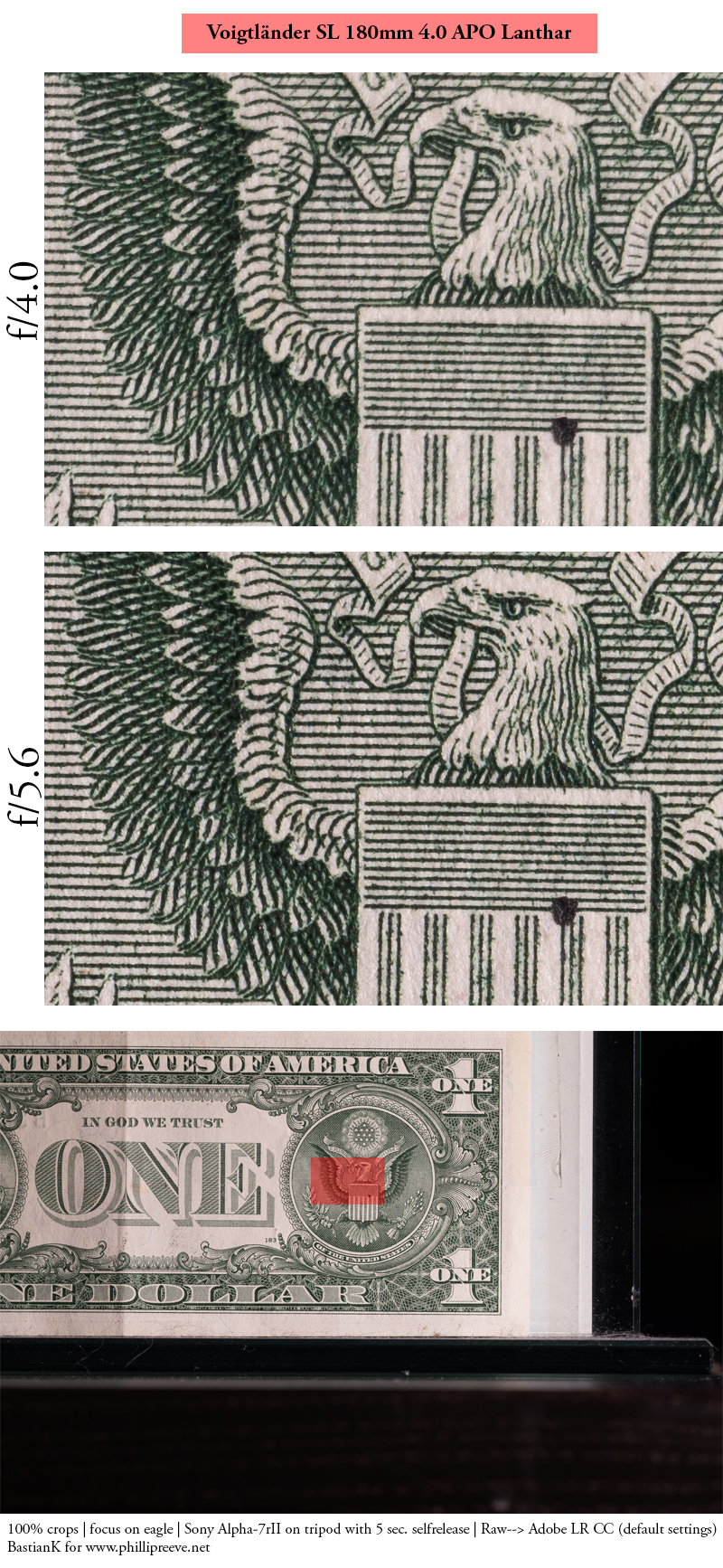
A maximum magnification of 1:4 is pretty spectacular and I was very curious about the performance considering the lens does not feature a floating elements design. I was suprised how well this lens holds up wide open, but it might still be a good idea to stop down to f/5.6 if you need the highest resolution possible.
Nevertheless, I have taken many shots wide open at or near the minimum focus distance and was always happy with the results.
To put things into perspective it might be a good idea taking a look at my 180/200mm comparison, not only does the Voigtlander 180mm 4.0 offer the highest magnification, it also does not seem to be surpassed by any lens in that comparison in close focus scenarios.
Flare resistance
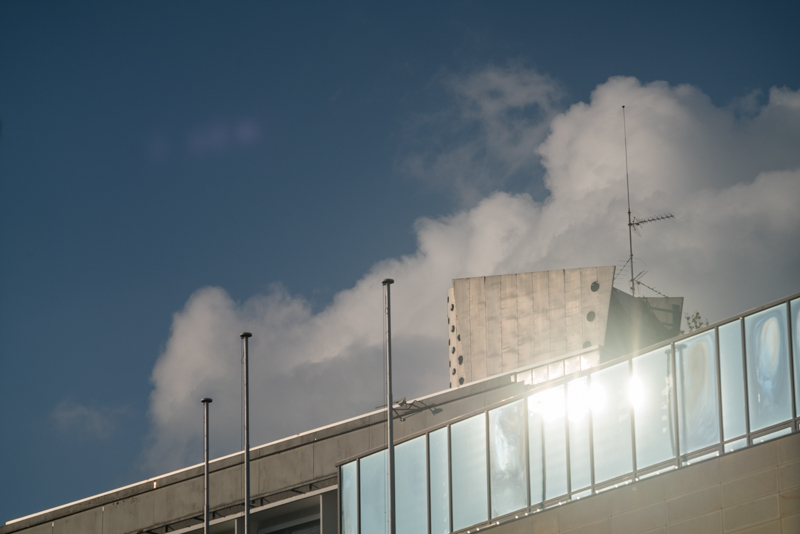
With the sun in the frame the performance is quite good, I can only see a slight loss of contrast and very small, rather unobstrusive ghosts. With the sun just barely out of the frame near the corners one can create serious flare like this though:
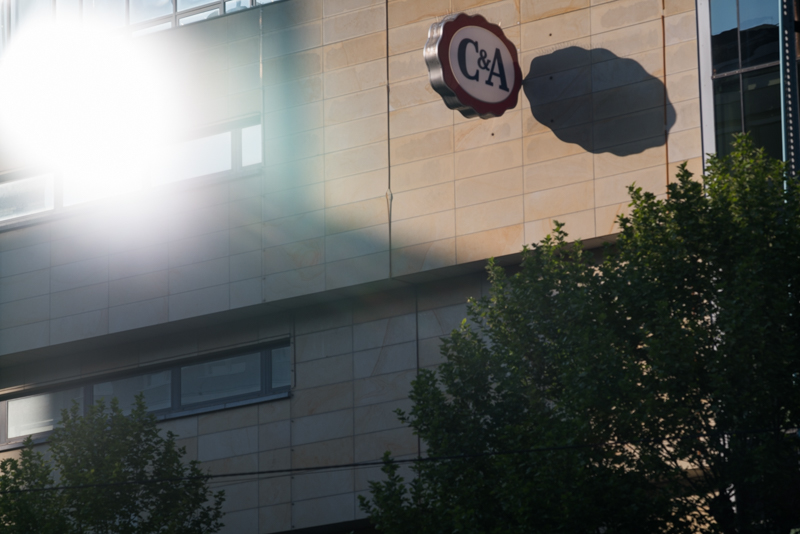
Unfortunately this also easily happens with point light sources at night. There are different hoods that fit this lens, I have the LH-75s barrel-shaped one, but it didn’t help in situations like these.
Distortion
Sony A7rII | Voigtlander SL 180mm 4.0 APO Lanthar | f/4.0 | before: no correction, after: corrected (-3)
There is mild pincushion distortion that can be noticeable in architecture shots. It looks pretty uniform and therefore can be corrected by dialing in -3 in Lightroom or Photoshop.
Bokeh
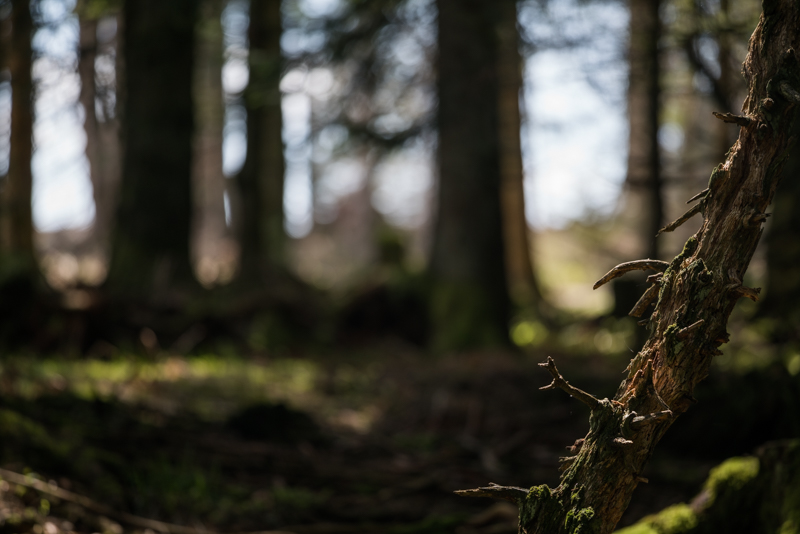
In general I am quite happy with the bokeh of this lens, especially because of the absence of any (colorful) outlining around circles of light. The backgrounds are usually smooth and non distracting, but the transition zone might show some double images when shooting near the minimum focus distance. See the branch in the center of the frame in this sample:
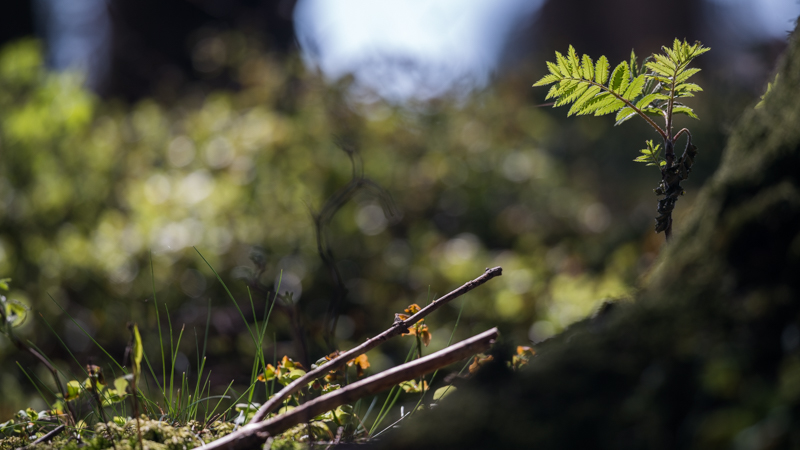
Bokeh is a highly subjective topic, so it is best taking a look at the samples and decide for yourself if you like it and if it works for your subjects or not.
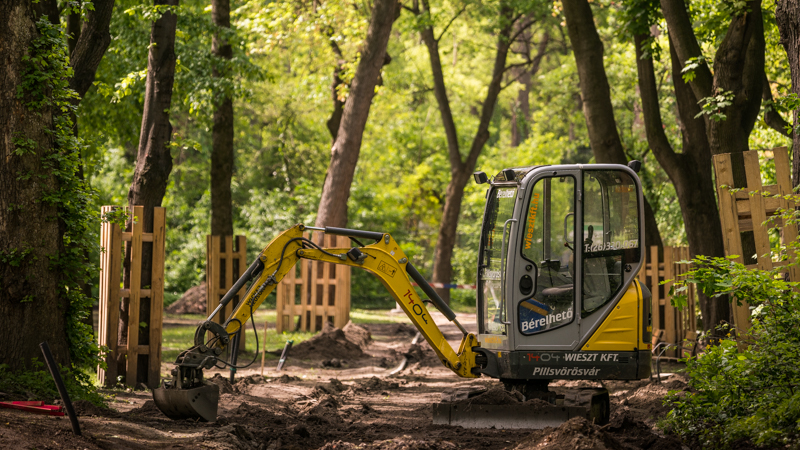
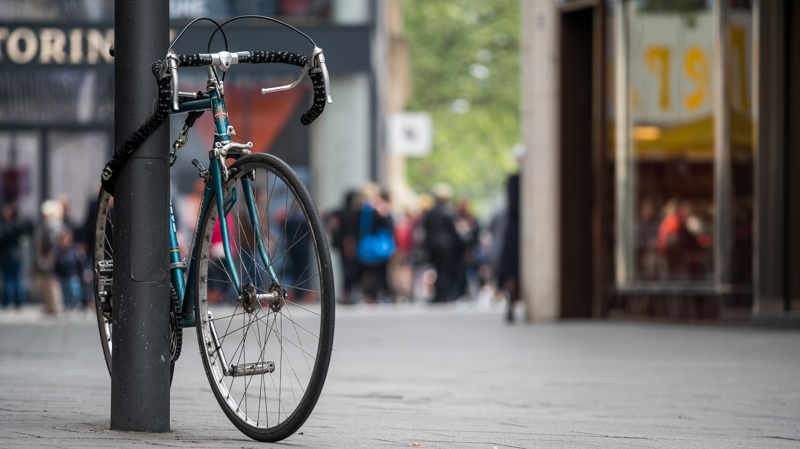
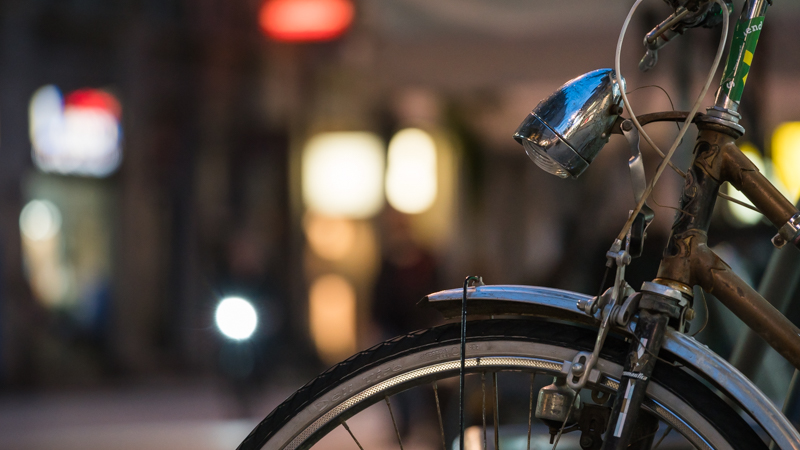
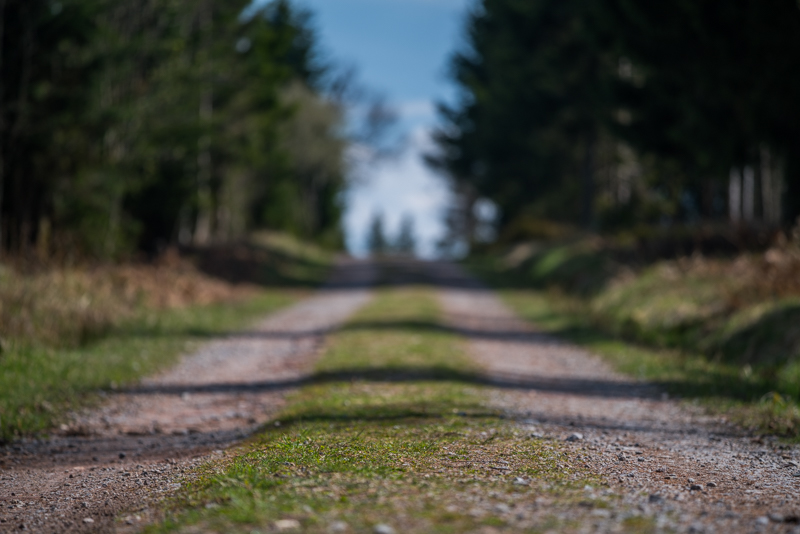
I tried to recreate the bokeh scene from my 180/200mm comparison so you can better compare this lens to the other ones:
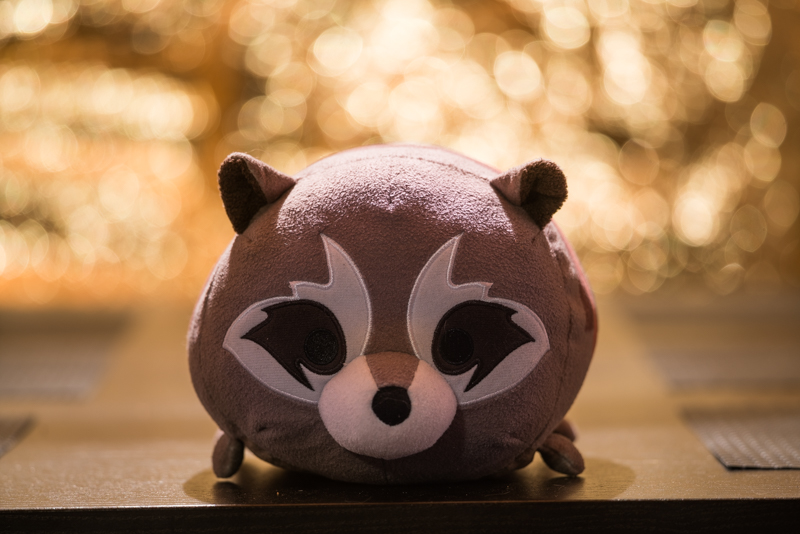
Sunstars
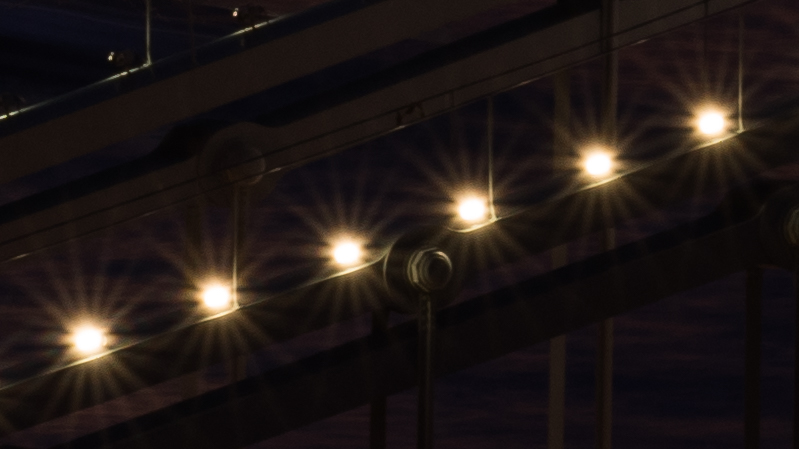
With longer focal lengths it is generally more difficult creating sunstars at all. This lens features 9 rounded aperture blades which will yield 18-pointed sunstars around point light sources, but even in the 100% crop above you can only barely see them.
Chromatic aberrations
longitudinal
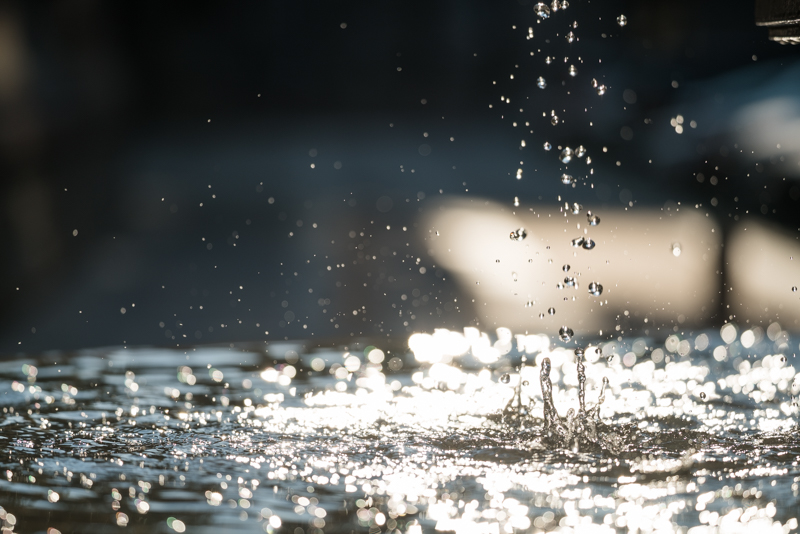
Unfortunately I have used many lenses in the past that, despite carrying the APO tag, didn’t perform very well here. With the Voigtlander this is not the case, the performance is simply excellent, one of the best I have seen so far. The APO tag is totally justified.
lateral
Sony A7rII | Voigtlander SL 180mm 4.0 APO Lanthar | f/4.0 | 100% crop from corner | before: no correction, after: corrected
Unlike the correction of longitudinal CA the correction of lateral CA isn’t that great. This can still be easily corrected in post processing (e.g. in Lightroom) though.
Alternatives
Considering the sum of its parts I think there is no real alternative to this lens, but depending on what compromises you are willing to make there might be for you.
Similar size and weight but optically worse:
Leica Elmar-R 180mm 4.0:
When it comes to weight and especially size this is the only lens that at least comes close. I tried it some time ago but was so underwhelmend by its optical qualities I didn’t bother making a dedicated review of it and only covered it in my 180/200mm comparison.
Same level of apochromatic correction but bigger and heavier:
Nikon AF-S 200mm 2.0G:
When it comes to the apochromatic correction this is the only lens with a similar focal length that offers a comparable performance I know of. But this lens comes with a weight of more than 3 kg and costs even more than the Voigtlander.
Leica-R APO-Telyt 180mm 3.4:
I have no first hands experience with this lens. Judging by the manufacturer’s MTF and the sample images I have seen so far I am quite skeptic about wide open performance and bokeh. Apochromatic correction looks very good though.
Similar maximum magnification but bigger and heavier:
Minolta AF 200mm 2.8 APO:
The Minolta only offers a maximum magnification of 1:6.25 compared to the Voigtlander’s 1:4, inferior handling and its CA correction is inferior as well. Only the bokeh seems to be smoother, especially because it is one stop faster.
Canon EF 70-200mm 4.0 L USM:
The Canon zoom offers a maximum magnification of 1:4.8 and I was quite happy with its optical qualities, if it just wasn’t so big…
There are many rather cheap legacy lenses with 180mm or 200mm focal length like the Minolta MC 200mm 4.0, Contax 200mm 3.5 Tele-Tessar or the Canon FD 200mm 4.0 that offer good sharpness, but they fare significantly worse in several other categories (size and weight, number of aperture blades, loCA correction, minimum focus distance) so I don’t consider them actual alternatives.
Conclusion
good
|
average
|
not good
|
There are many lenses that have not been produced in greater numbers and therefore have become expensive collector’s items. Often their used prices don’t nearly reflect their optical performance and because of this they are usually of less interest to people that actually want to take photos.
With the Voigtlander 180mm 4.0 APO Lanthar this is not the case. When it was released in 2003 it seems almost no one was actually interested in this lens. The big manufacturers already offered 70-200mm 2.8 zooms – not only with AF – but also image stabilizers and everyone who was size conscious was probably shooting with analogue Leica cameras anyway.
Nowadays this lens is more important than ever and it is a shame it has only been produced in such low quantities. When it comes to a small yet high quality telephoto in the 180/200mm range for your A7 series cameras this is not just your best, but pretty much your only option.
Not only size and weight are great but also the perfect correction of longitudinal CA (APO design), which I highly value, because loCA can often ruin a photo and are sometimes hard to correct in post. When it comes to resolving fine details this lens is also a great performer even on the 42mp sensor, the only caveat I managed to find is the astigmatism in the corners. If you need best performance here it might be necessary to stop down to f/8.0 or f/11.
But please notice this is not a lens with very high contrast like e.g. the Zeiss Loxia lenses.
The background bokeh is very smooth considering the limitations of the maximum aperture of f/4.0. If you want to use this lens as a “pseudo macro” you have to watch out for the transition zone though. In two cases so far small tree branches in the transition zone led to double structures (see bokeh section). At normal portrait distances I didn’t notice such issues.
Flare resistance can be pretty good (sun in the frame) and also pretty bad (sun just outside the frame), reframing just a tiny bit usually helped here.
This lens has certainly found a place in my bag, as it gives me a high quality tele lens but without the bulk usually associated with one. I would heartily recommend it, if it wasn’t so rare and therefore expensive. Albeit at least for me the used prices actually reflect its real value.
PS: If any of you Cosina executives is reading this (or if you know one: please forward this): you have this marvellous optical formula somewhere in a closet, use some modern coatings to improve flare resistance and contrast, put it in a nice casing and make an E-mount version of this lens. It might have been ahead of its time 15 years ago, but it would be a real winner today!
This lens is very rare and has unfortunately become a collector’s item. It took me a while finding one on ebay.com (affiliate link). Prices start at 1300$.
Sample Images

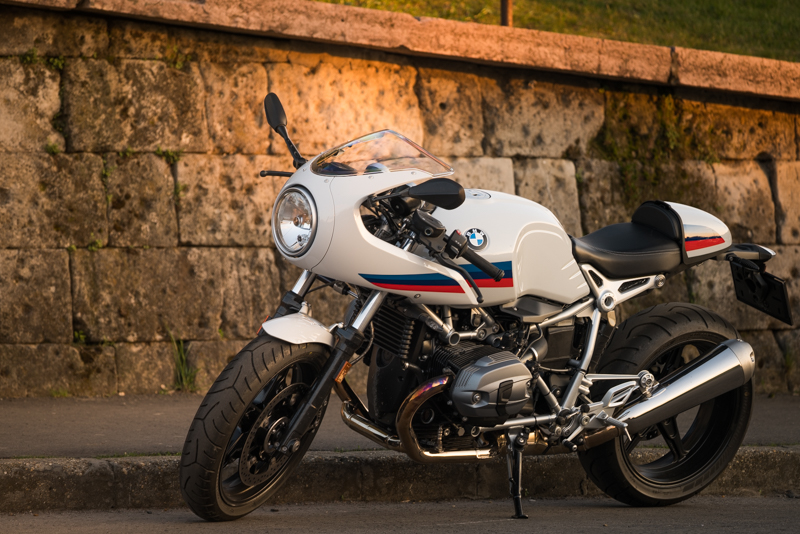
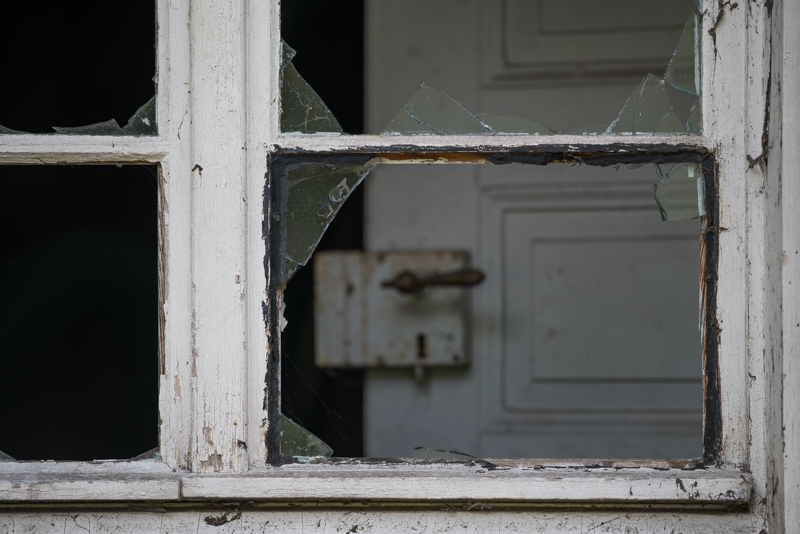
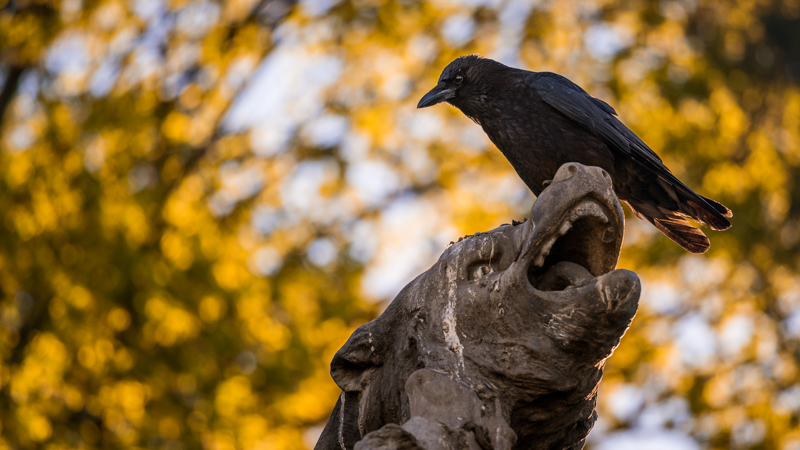
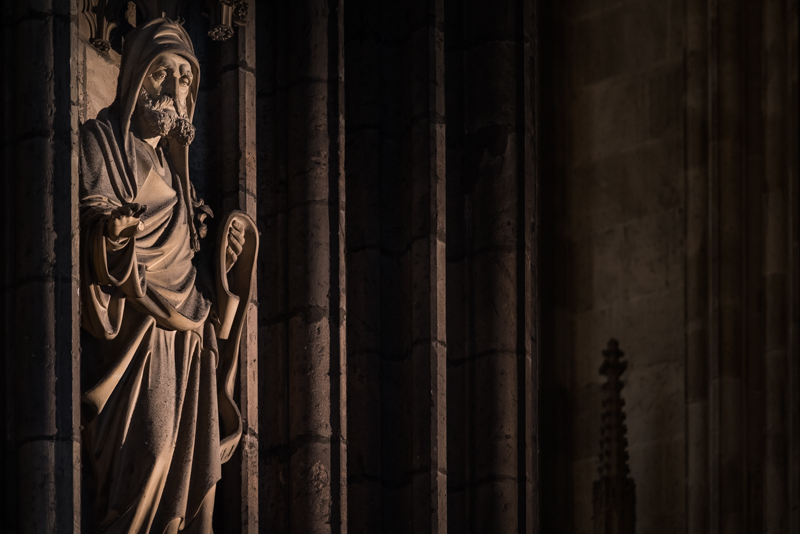
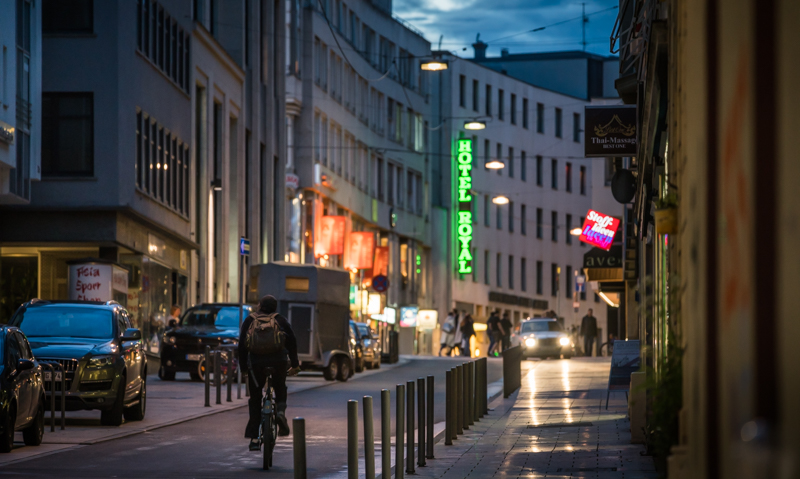
You can find most of the shots in this review in full resolution here.
Further Reading
Support Us
Did you find this article useful or just liked reading it? Treat us to a coffee!
![]()
![]()
![]() via Paypal
via Paypal
This site contains affiliate links. If you make a purchase using any of the links marked as affiliate links, I may receive a small commission at no additional cost to you. This helps support the creation of future content.
Latest posts by BastianK (see all)
- Analogue Adventures Part 42: A wedding with Eastman Double-X 200 - July 2, 2025
- Vivo X200 Ultra – The Death of the compact Camera - June 29, 2025
- Review: Laowa 12mm 2.8 AF - June 26, 2025
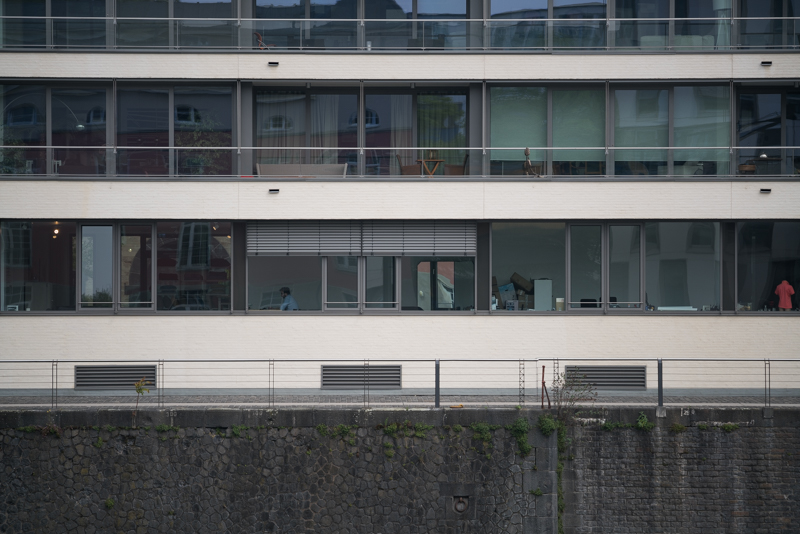



Thanks for your wonderful review. Now it’s even more difficult to find one within budget 🙁
Incidentally would you have checked the Contax 180/2.8 C/Y? It’s not the 200/3.5 which has CA issues.
It is big and heavy and the MTF are far from promising, so I didn’t check it our personally.
A few sample images I came across didn’t look too bad though…
That’s good Bastian. It’s been on and off my wish list for a while. (I’ve settled for the diminutive OM Z 200/5 on my A7, as it isn’t a length I commonly use, and I prefer the OM’s performance to the MD 200/4) One thing you say, “…precise focusing even towards infinity”, surprised me, as I’d read just the opposite, (Fred Miranda Alt-gear Forum), that focus near infinity is hard to get precise, because of short focus-throw there?
I think your last point to Cosina is also very valid, (and I’d include the 125/2.5 macro too.) If only! However, they’d probably not be any cheaper!
If have also read that comments regarding issues focusing near infinity elsewhere, that is actually the reason I mentioned it here.
Before infinity the lens has markings for 10m and also 20m and the throw between 10m and infinity is pretty much exactly the same as on the Zeiss Loxia 85mm 2.4 for comparison.
The throw between 3m and infinity is a full 90°, I also can’t call that short.
I think what makes focusing near infinity harder is not having a tripod or IBIS, it might therefore be harder on most (D)SLRs.
Heat haze can also make focusing longer lenses more of a challenge.
Maybe these are the reasons that comments actually derive from.
The MSRP of this lens was 61.000 ¥ in 2003 (nowadays this would be something like 600€/530$).
Even taking inflation into account it should be possible to offer this lens for less than a grand.
Especially as R&D could be kept to a minimum.
I shortly checked out the 125mm 2.5, especially extended it is a very very long lens which I
would not really like to use on an A7 series cameras.
But I would certainly welcome a rerelease here as well.
The used prices clearly show there is a demand for both lenses.
They have a main problem, and it is the reason they ceased production of many lenses. They are the company who builds Zeiss lenses since a while, and the agreement forced Cosina to not produce lenses “rival” to Zeiss ones. CV APO Lanthar Macro was one of those, because it was better than CZ Makro-Planar 100/2. Maybe we add the difficulty to assemble lenses with Lanthanum (many 125/2.5 have fungus and other problema, and they have not so many years…). Maybe 180/4 would not be so required to justify the required QI.
Practical convenience is rarely compatible with photographers’ wish 🙁
I’m looking for a 150mm – 200mm f2 MF only glass (lens will be used for cinematography as well as photography ). I don’t care about size/weight – I almost always shoot supported anyway. All the lenses I’ve found in this range are overpriced and hard to find.
Example:
Contax 200mm f2 APO on ebay for 6k+
Zuiko 180 f2 (can’t find one for sale)
Take a look at the Nikon 200mm 2.0 MF it should be your cheapest option.
it should be your cheapest option.
You guys should try and check out the Sigma 180mm f5.6 macro. The size and APO corrections are very similar to the Codina, you’ll just run into the focus being a little more difficult to obtain and lower contrast and slightly less sharp. Much cheaper than the Cosina when available however
Hi Bastian – Thanks for the great review! I’ve been tempted by this lens for quite some time. It seems that most of the available copies have a Nikon mount. I know nothing about Nikon lenses, other than that they focus backward! 🙂 To use it on a Sony A7RII, do you recommend a Rayqual adapter specifically, and if so, which one? I see that there are several available to fit Nikon F and G lenses (I don’t know the difference). Thanks!
Dear Danny,
I think most of the copies of this lens produced have a Nikon mount.
The M42 ones focus the same direction as the Nikon ones, I am still not sure about the others as they seem to be even rarer.
This lens is not overly picky regarding adapters, as it isn’t a floating elements design.
The Rayqual has good quality though (especially the light baffles) and is very lightweight at the same time, which makes sense here.
I don’t know about the different versions, but I can tell you I am using this one.
It features its own aperture control ring which you don’t need for that lens (you need it for G-lenses).
For further information on adapting Nikon lenses you might want to have a look at this article.
OK, thanks for the info!
Hy Bastian,
Do you think the nikon and m42 mount versions perform the same on the A7rii?
Thanks!
Hey Daniel,
optics should be absolutely identical, so yes, the M42 version will perform the same.
For the value, I’ll stick with my Canon FD 80-200 f/4L. However, I must say that these images you’ve posted are gorgeous!
Thank you Kevin!
Very interesting review and lens. In your comparison with other lenses though, I must add that the Leitz 180/3.4 Apo is absolutely exceptional wide open, probably the best I.Q. I ever saw, and I used more than 100 lenses for the last 40 years. It is irritating that its minimum focusing distance is 2.5 meters though. I doubt this Voigtlander 180/4.0 Apo comes close to it.
Also, the Canon New FD 200/4.0 (latest version) should be very close to the Voigtlander: very good I.Q. (better than Pentax 200/4.0 A or Nikon 200/4.0 AIs), very light, and a minimum distance of 1.5 meters.
Well, as the last Leica lens people told me about being the best lens ever made was a mere disappointment I remain skeptical.
Even more so considering the MTF graphs and sample images I have seen so far.
But if someday someonse sends me the 180mm 3.4 for a review I will gladly check if my inital impressions were off.
The nFD 200mm 4.0 does not look too bad specs wise (except for length), but better than Nikon 200mm 4.0 is not really an argument for quality 🙂
The 180mm 2.8 AI-s ED was the first decent lens by Nikon in this range and apart from being a stop faster clearly inferior to the Voigtlander.
Nevertheless, the many FD 200mm 4.0 versions make it very hard finding sample pics and I can’t even get a first impression so far.
If you know of a review please share!
I am not a Leica fanatic, but I used many Leica R lenses: 24/2.8, 28/2.8 (old and new versions), 28/2.8PC, 35/2, 35/2.8, 50/1.4 (old version), 50/2, 60/2.8M, 90/2 (non Apo) , 90/2.8, 135/2.8, 180/2.8 (non Apo). In terms of I.Q., except for vignetting at 3.4 in FF, the 180/3.4 Apo is by far the best. (the second being….. a ‘cheap’ one, the 90/2.8).
The Canon New FD 200/4 is, in my opinion, a hidden gem, but probably not as good as the Voigtlander 180/4. I would be curious, though, to see a detailed comparison. I bet the difference is not so large, except maybe for C.A.
Bastian, could you provide a larger version of the LoCA sample image (or other images where we could see LoCA)? The Voigtländer APOs I have used (3.5/90 and 2.5/125) show as much LoCA as most lenses, but it’s the blue channel that’s not well corrected, not the red as usual. So they show bright yellow/dark blue fringing instead of green/purple. I _think_ I see this in your sample image, but it’s hard to tell with the small size.
You can already find the sample in full resolution in the flickr album.
This lens most definetly does not show as much loCA as most lenses.
I would heartily welcome if most lenses would show this level of performance…
The Leica 135mm 4.0 Tele-Elmar is actually a pretty decent performer in this regard, but the Voigtlander is worlds ahead.
You can see a 100% crop here already.
Thanks – I overlooked the flickr link 🙁
No problem!
We decided not to hotlink every image anymore as people were rarely using them
while it took us a lot of time to implement them.
Early adaptors might need some time for adjusting though, sorry for that!
I doubt Cosina will reissue it; but hope against hope that they will issue something similar (with improved coatings and ray tracing of non image forming light, which should make it have nice Loxia style contrast)
From time to time I wonder if I should sell my M42 version of this before any such release happens – but I don’t expect it for a while (though I have noticed that in the E mount space Cosina first issued the three ultra wides, then the 40 and 65 were announced, so maybe it’s time for teles next?)
Would pretty much be my preferred version of a rerelease 🙂
I might add:
Unfortunately it is very hard getting in contact with Cosina.
According to their global homepage they are not interested in direct contact to customers, especially those not from Japan.
I also tried it via their German distributor, who I have good contact to, but it is still not exactly optimal.
PS its possible I was one of the ones complaining about the focus travel near infinity. I’ve checked and you are right about the amount of travel, but it still seems that I tend to overshoot when focussing. I might have though this is because my point of comparison is the Sony zoom that is FBW in manual, which means that you get *very* fine tuning if you turn slowly. But then I used the Canon FD IF 180 2.8 quite a bit and didn’t find this (but did find extraordinary amounts of LoCA!)
I might post a guide on how to fine tune the hard infinity focus stop on this lens 🙂
Ordered! I found a very nice copy of this lens (brand new in box); it should be here later this week, along with a Rayqual adapter to A7RII.
Looking forward to trying it out. It was your direct comparison to size/weight of the Loxia 85, which I also have, that pushed me to get it…I didn’t realize previously that it is quite as tiny and light as it is.
I hope you will like it as much as I do!
Fun fact: with Rayqual adapter it is lighter than the Loxia 85 🙂
I’ve made an unfortunate discovery today: the Rayqual adapter is great quality, but adding a Kenko extension tube causes vignetting. Both the adapter and tube have less than a “full-sized” round opening, and combining the two is what’s apparently causing the problem; the Kenko tubes are full-frame and have never caused vignetting with other adapters of various types.
I’m ordering a Novoflex adapter this weekend, which has a full-sized opening and should be high quality. Hopefully it will solve the problem!
With too many extension tubes (and especially with a bellows) many lenses will run into this problem.
Hi Bastian,
schön Bilder mit ‘meiner’ Linse zu sehen, Du machst wirklich was draus! Weiterhin allzeit gut Licht!
LG
Hi, wollte dir den Link eh die Tage schicken, scheint nicht mehr nötig zu sein 🙂
Regarding astigmatism and lateral CA – I wonder how much those are because of the 2mm thick optical stack on the Sonys – the lens (and it’s sibling, the 125/2.5) was made for film after all.
With a 180mm lens and considering I can see lateral CA in this D200 sample from photozone (which is far from the corner region on a fullframe sensor as I have shown here) I tend to doubt that.
i’m not able to do real test, but in my eyes the zuiko 200 4.0 could be a good alternatve – for a fraction of the price! it’s quite sharp already at 4.0 and the build quality is high.
if you are interessed in testing it – i live near stuttgart, so there should be no problem.
greetings
jb
Dear Joachim, thanks for the offer, but with a minimum focus distance of 2.5 m this lens is of much less interest to me.
If you ever get a chance to try the Tamron Adaptall SP 180mm f2.5 LD IF, then do, it is superb and beautifully built (heavy, solid lens though).
That lens sure looks interesting…
Had it, not convinced… The lens turns in the wrong direction, at least as a Nikoniast, that’s annoying.
Optically, the Voigtländer is giving a lot more than the old design can do, especially concerning resolution and aberrations.
The Leica APO Telyt-R 180/3.4 is awesome. No reason to be skeptical.
Maybe I need to be more specific.
If these mtf graphs for that lens are true the wide open performance in the corners is very bad.
Furthermore I have seen several sample images (1 2 3 4) with ugly bokeh rendering at close to medium distances.
I have every reason to remain skeptical.
If I remember correctly, these are real MTF (not computed) measured on a single copy many hears ago, and the lowest one represents 40 cycles/mm.
The lens is optimized for infinity, and the only “problem” wide-open is the vignetting. Performance is excellent at f/4 (half-stop down) also in the corners.
Sure, bokeh could be better at some focus distance, especially when foliage is in the background. However, cherry-picking 4 photos from the same lens copy to show ugly bokeh is not fair. I could do the same with many other famous lenses 😉
Try the lens, especially at infinity.
There are not that many sample pictures online to choose from in the first place…
If someone likes to borrow me one I might check it out for a review, for personal use I am not interested.
Minimum focus distance of 2.5m as well as the weight and size (including filter diameter) are absolute NoGos for me.
For purely flat infinity shooting the 180mm 3.4 might be a great lens, but I rarely do that.
I own both lenses. Their are both great in it’s own way. Lanthar is fantastic close focus lens, but APO Telyt beats it at infinity performance and is better corrected for chromatic aberrations (actually it’s best CA corrected lens I’ve ever tried), but performance deteriorates at close distances… still due to high CA correction, it’s very usable.
Here is link to my old review at mflenses.com http://forum.mflenses.com/leica-apo-telyt-r-3-4-180mm-long-time-experience-t35576.html
I actually came across your review when researching 180/200mm options.
The bokeh at closer distances of the 180mm 3.4 really isn’t up to my taste.
Therefore (not even taking size and weight into account) I vastly prefer the Voigtlander 180mm 4.0, because stopped down to f/5.6 or f/8.0 it is more than decent enough for me at infinity but at closer distances it is better than the 180mm 3.4 will ever get.
This is not to say the used prices of the 180mm 3.4 are pretty fair at the moment, so depending on what you want to do it might be the more sensible option.
I’d have to agree with you here. The Telyt is a great lens at distance but for shots under 20m there is a clear lack of contrast and the axial CA goes a little out. Its also front heavy and difficult to mount on a tripod and is prone to shutter shock if you don’t use the electronic first curtain. Then there’s the donut bokeh which seems to randomly appear (gorgeous if it doesn’t). So probably not your type of lens. However there is something about the good shots which make them pop. I’ve even used it on extention tubes to for close up shots of lego becuase the LoCA corrections just couldn’t be beat (depsite the reduced contrast.)
I was just about to post about the Tamron 180/2.5 too. I do like its rendering for portraits and have also used it for a few still life shots where I wanted a compressed perspective too.
It’s quite low contrast but that suits me for high key portraits. Also, on digital, lifting contrast in post is easy enough, whilst controlling excess contrast is harder, so I rather like having a few low contrast (but sharp) lenses in my armoury to help tame really contrasty scenes.
And the build is truly superb. I just have to watch out for my wife’s fondness for borrowing it!
The 180/4 APO CV is a great travel 180mm lens – I find the contrast to be extremely good even wide open and the sharpness quite acceptable on my A7RII. Exact focusing is critical as it is very touchy near infinity – you can get a very non-sharp image quite easily if you aren’t careful.
I use a 49-52mm step up adapter + Nikon HS-4 snap-in hood that reverse mounts and fits perfectly. Much more convenient than the OEM hood (which I also have).
The 180/3.4 APO Telyt is also excellent (sharper), but it’s much much heavier and is not quite as good at closer distances.
I have a 49->52mm step up ring on the lens all the time to get to the same filter thread as on my other lenses (Loxias and VM 35mm 1.7 + 5m filter) so I just ordered the HS-4 to give it a try, as I don’t really like the original hood for several reasons…
By now I have tried the Nikon HS-4 hood.

It really is quite a nice fit, especially reversed:
But, and this is true for the original hood I own as well: I couldn’t see any improvement over not using a hood at all.
The lenses’ performance with the sun near the frame isn’t great to begin with, so it is one of the few lenses I would
be tempted to use a hood, but in no scenario I came up with (and I tried quite a few by now) I saw even a hint of improvement.
After reading a lot of excelent reviews and testing some lenses, have been a happy owner of Voigtlander lenses. My travel kit has been the Nokton 50mm, heliar 15mm and the 180mm Lanthar, which I like a lot, not only due to quality but weigth. I had the Sony 16-35 and the Batis 85mm but they are too bulky to carry around. Some samples of the Lanthar on the link below:
https://flickr.com/photos/41650109@N06/sets/72157686394448316
By the way, I bougth the 180 Apo Pentax PK version using with a novoflex adapter and it works flowlessly on the A7rii
By the way, if someone needs a hood, (I have both a new round boxed one and the square one (used) with rubber cap to offer),
you may contact me.
This was quite a while ago, but if you happen to read this and still offer the lens hood, I’d be interested. Could you then please reply to this message?
Nikon Ais 180 2.8?
Nice lens
I have written to our Cosina distributor in Australia as they have agreed to pass on my request to the factory that Cosina update the APO-Lanthar 180mm f/4 in E-mount. It’s possible they already have plans in this direction, having reduced the FL of the 125/2.5 to 110mm. A 65-110-180 stepped set of APO lenses at ‘affordable’ prices would be very appealing, and the 180 would suit travel and backcountry users extremely well, now with IBIS/focus assist. I made the case that there are no real alternatives in the current market and the high used prices deter would-be buyers. We’ll see. Thanks for the review.
Hi,
do you still have this lens?
Regards
No, while pretty good in close up scenarios it did not fully convince me at infinity.
Unfortunately there is still no better alternative, so I hope Cosina will make a new one one day…
A pity. I was looking for a small tele, as the 100-400 is enormous!!! Do you have any other lens in this focal length or just you skip tele lenses for the moment?
Regards
Ah well. I mostly skip it.
I now have a decently centered Canon EF 70-200mm 4.0L USM which I will use occassionally.
Last trip I was using that one instead of an 85mm lens in my travel kit, but honestly,
I didn’t use it enough to really warrant bringing it again considering its size.
So I sit here, wait and hope.
I have got the lens!
But it has no hood. Reflections in the night are very very significant as you mentioned when lights are close to the border. You mentioned also there are other hoods that go well to the lens. Are those screw mounted?
I understand that the other hood, the nikon one mentioned by John is also screw mounted. The protuverances, near the screw allow for fast turning via a click mechanism or anything like that?
Finally i got the impression that maybe the reflections are not exclusivelly from outside. Maybe inside with the adapter?
Regards and thanks in advance
Perhaps prices are coming down on this lens. I recently picked up a mint copy M42 mount for around $1000. (no hood or box).
I plan to use it as a travel lens, as it is still very small with adapter (Sony a7rii), not much larger than my Nikkor 105/2.5. It is very sharp and even across the field. Contrast and colors on a bright day is excellent. I have no complaints.
Glad you like it 🙂
I wonder if you ever tried using it with teleconverters, and if you can recommend one? I am currently waiting for my copy (in M42 mount) to show up at my door – hoping to replace the huge 70-300mm G with it.
Thank you for the thorough review.
After reading it, I bought a sample of this lens locally in Nikon mount. Based on this and another review I have seen, I was expecting sharpness at infinity to be less than stellar. However, to my pleasant surprise it (at least my sample) is very, very sharp already from wide open at infinity. At 20 meters it’s spectacularly stunning, so if one compares that to infinity (where heat, haze etc. often also reduces contrast and resolution), then I can understand where the reputation regarding infinity comes from.
Later I stumbled on the test linked below, where the photographer compares the 180mm Apo-Lanthar to the 180mm f/3.4 Apo-Telyt-R. His test shows that the Voigtländer is sharper at infinity even though the Leica is optimized for infinity sharpness.
I think that sample variation might play a role, but getting focus precisely at peak performance may also swing tests one way or the other. I read that, when doing lens tests, Fred Miranda takes three shots at each f-stop while refocusing each time. After doing that myself with different lenses, I can confirm that even when focusing at 100% in the camera, focus may be slightly front or back focused when checking things just in front or behind the intended focus point when you get back to the computer and view the image.
http://forum.mflenses.com/apo-telyt-r-180-3-4-vs-apo-lanthar-180-4-t27554.html
Thanks a lot for this review Bastian,
I once compared it in a shop (Aachen) with a Sigma EX 180mm Apo Macro f3.5. I bought the 3.5 version. I took the f3.5 because LOCA was negliable as well even at f3.5 . Was less phrone to flare, better bokeh separation but some oignion rings.
The HSM 3.5 EX Macro has much less loss in light gathering than you would calculate. At 1:1 f3.5 will be about 5.6. Therefore the 72mm filterthread. The Nikkor 70-180 Macro keeps it’s diaphragm also well opened = also great when you could find one! and compact.
The build quality is excellent of the EX f3.5 -only the Zen-geist paint… Sharpness comparable at macro and distant objects. But heavier. After years I gave it to a young biologist, since I own a Nikkor AIS ED 180, which excells at astro. For macro I use my multipurpose 34 year old Tokina 90mm ATX.
Now using a Z7, Z6-full spectrum and D800 which keeps working (now at 1.8 Million shuttercounts.)
For everyone longing for something like this, could I recommend looking at the Askar ACL 200mm f/4 APO – a full frame astrograph that has an actual aperture + focusing (styled as a camera lens).
It’s been out for a couple of years now, retailing around $845USD which is alot less than the Voigtlander.
Note, I don’t have one and I’m a total neophyte when it comes to astrographs, just thought it would be interesting to see reviewed.
They also do a 180mm f4.5 APO which I wish had an adjustable aperture because it’s so small.
With a minimum focus distance of 3.0 m and a weight of 1.5 kg I don’t think it is a viable alternative.
That’s totally fair enough. It could stand to be alot lighter at the very least. And for the cost you’re paying 3m is too rough, if it was cheaper maybe then with a short extension tube.
Bastian, have you tried to use this lens with techart LM-EA9 for AF capability ?
No, I also don’t think the AF adapter is particularly useful with a 180mm lens, as you need to focus very close to the correct distance yourself.
If you set the lens to infinity your minimum focus distance with adapter without manually focusing closer will be around 40 m.
Hi Bastian,
hi all,
since the extension is 4.5 mm, the minimum focusing distance is closer than 40 m.
The magnification factor is 1:40, so the minimum focusing distance is (180 + 4.5 mm) x (1 + 40) = 7,564.5 mm, which is a little bit more than 7.5 m and therefore still much too far away).
I hope this helps.
Cheers
Peter